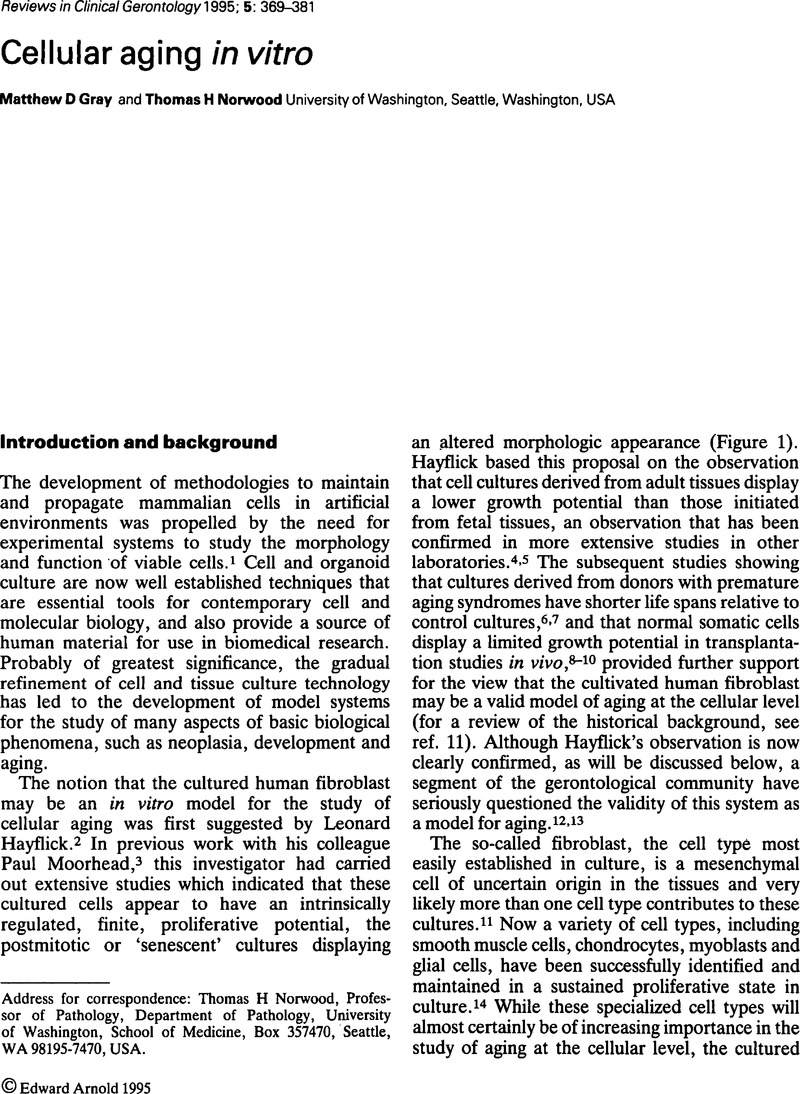Crossref Citations
This article has been cited by the following publications. This list is generated based on data provided by Crossref.
Faragher, Richard G.A.
and
Shall, Sydney
1997.
Gerontology and drug development: The challenge of the senescent cell.
Drug Discovery Today,
Vol. 2,
Issue. 2,
p.
64.
Faragher, Richard G. A.
2004.
Molecular Mechanisms of Werner’s Syndrome.
p.
133.
Salminen, Antero
Huuskonen, Jari
Ojala, Johanna
Kauppinen, Anu
Kaarniranta, Kai
and
Suuronen, Tiina
2008.
Activation of innate immunity system during aging: NF-kB signaling is the molecular culprit of inflamm-aging.
Ageing Research Reviews,
Vol. 7,
Issue. 2,
p.
83.
True, Lawrence D.
Hawley, Sarah
Norwood, Thomas H.
Braun, Kathleen R.
Evanko, Stephen P.
Chan, Christina K.
LeBaron, Richard C.
and
Wight, Thomas N.
2009.
The accumulation of versican in the nodules of benign prostatic hyperplasia.
The Prostate,
Vol. 69,
Issue. 2,
p.
149.



